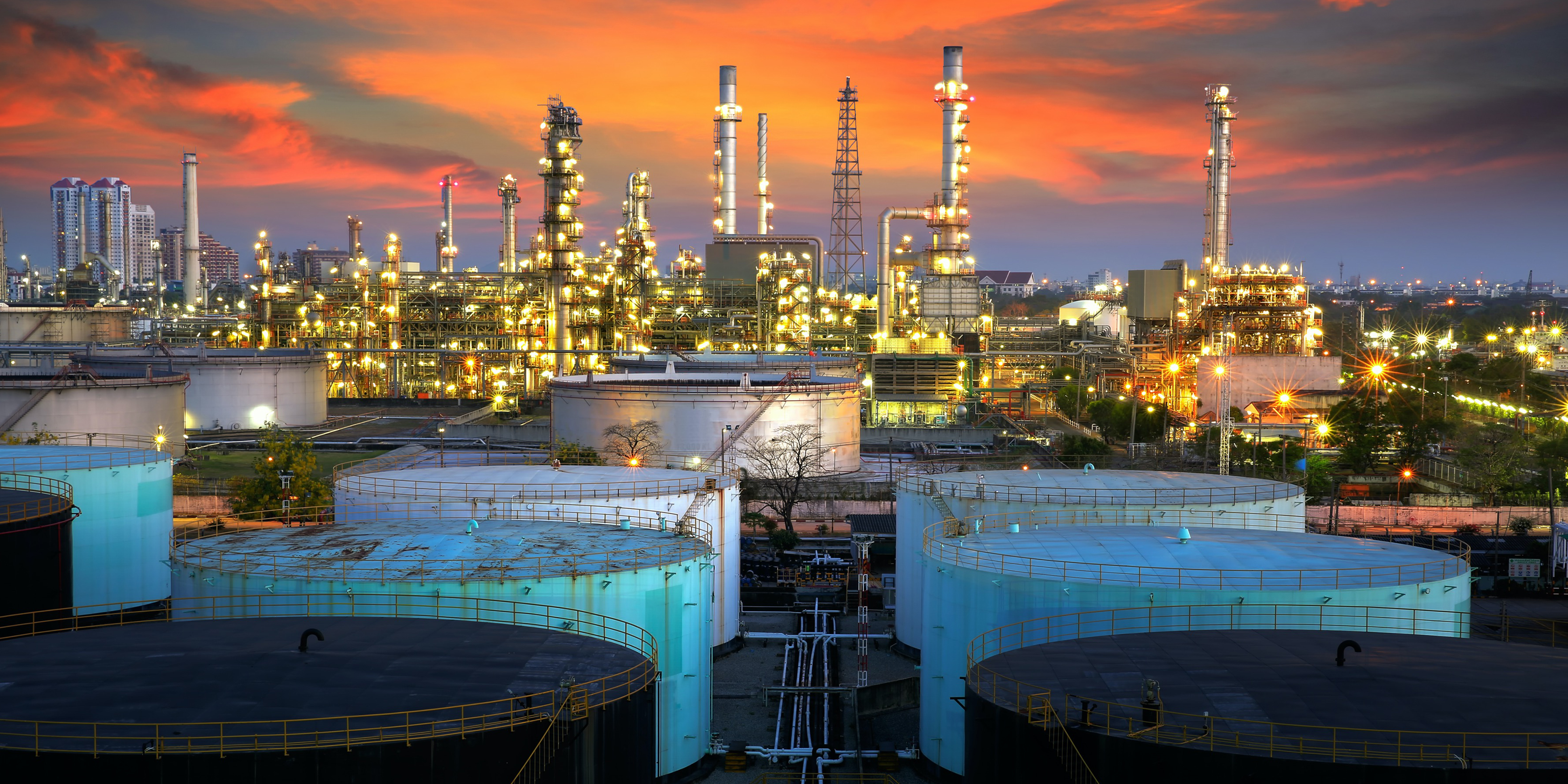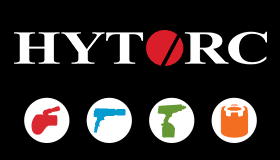Chile has launched a mobile green hydrogen plant in Antofagasta to evaluate the country’s potential in this regard. The ceremony was attended by President Gabriel Boric Font and energy minister Diego Pardow, among other high-ranking officials.
The initiative stems from the Scientific and Technological Centre of the Regional Government of Antofagasta, which seeks to promote clean fuels made out of high solar radiation.

Chile’s national green hydrogen strategy aims to have five gigawatts (GW) of electrolysis capacity under development by 2025, to produce the cheapest hydrogen on the planet by 2030, and to be among the top three exporters by 2040, Xinhua reported.
The South American country hopes to lead global production of this gas by 2050, which would contribute between 17 and 27 percent of the reductions needed to reach carbon neutrality in 30 years, in addition to savings worth $15.2 billion.
Meanwhile, it has been reported that Europe and Chile were negotiating a $210 million package for green hydrogen infrastructure to decarbonize the South American country’s energy matrix and take advantage of future export opportunities.
The package under negotiation would consist of 100 million euros in financing from the European Investment Bank (EIB), along with 100 million from the German development bank KfW and a grant of 17 million from the European Commission.
Maria Shaw-Barragán of EIB was quoted as saying: “It can be pipelines, transmission lines, port infrastructure, desalination wherever it is needed, aqueducts, etc, but it can also be softer investments to support skills development or training of the population so they can participate.
“Our financing can also be used to ensure that there is a certification system that clarifies which hydrogen is green. It has to be compatible with the region and, ideally, with the European Union if you are thinking of exporting to it.”
For more information visit www.eib.org

















